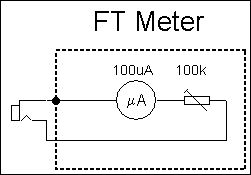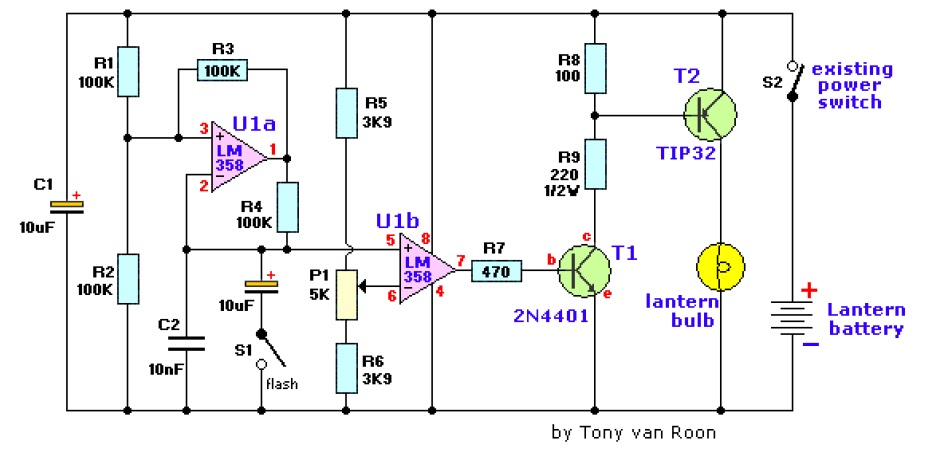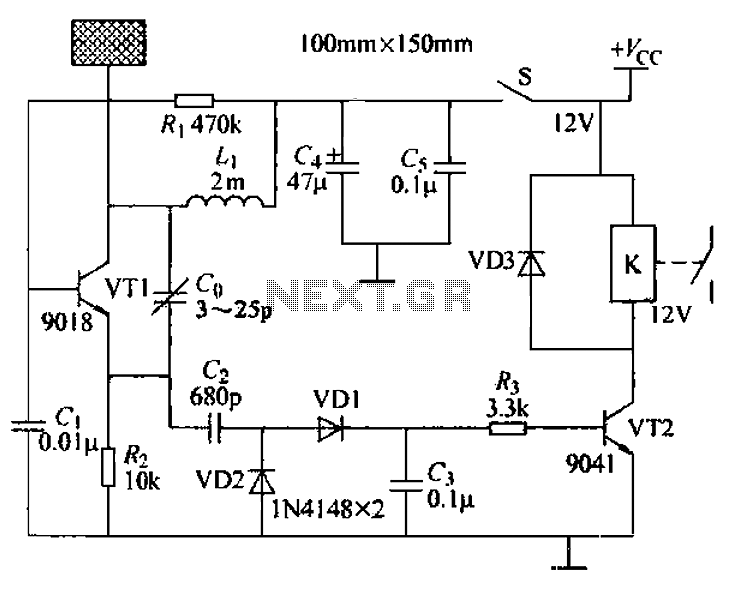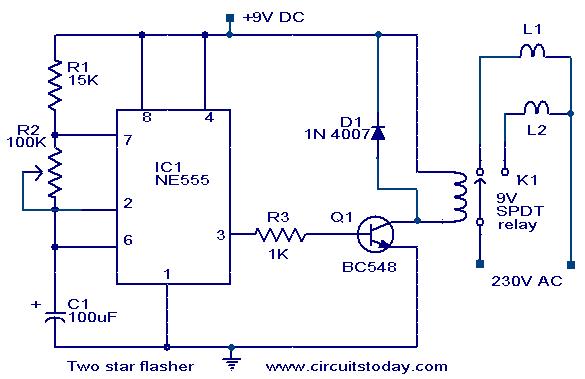
Band-pass filter is a circuit diagram of a single channel

A band-pass filter is presented as a single-channel circuit diagram in this article, specifically for audio applications. The filter has a high cutoff frequency (fH) of 50 Hz and a low cutoff frequency (fL) of 13 kHz, as illustrated below.
The described band-pass filter is designed to allow signals within a specified frequency range to pass while attenuating frequencies outside this range. In this case, the filter is tailored for audio signals, making it suitable for applications such as audio processing and sound engineering.
The circuit typically consists of passive components such as resistors, capacitors, and possibly inductors, configured to achieve the desired frequency response. The choice of component values is critical in determining the performance characteristics of the filter, including the bandwidth and roll-off rates.
For this specific band-pass filter, the lower cutoff frequency (fL) of 50 Hz suggests that frequencies below this point will be significantly attenuated. This is beneficial for eliminating low-frequency noise and rumble that can interfere with audio clarity. Conversely, the upper cutoff frequency (fH) of 13 kHz indicates that frequencies above this threshold will also be attenuated, which can help in reducing high-frequency hiss and distortion.
To construct the circuit, the following steps are typically involved:
1. Select appropriate resistor and capacitor values to set the fL and fH according to the desired specifications.
2. Connect the components in the correct configuration, often using a combination of series and parallel arrangements to achieve the desired filter characteristics.
3. Test the filter with an audio signal generator and an oscilloscope to verify the performance and ensure that the filter meets the specified frequency response.
Overall, this band-pass filter design is essential for applications where specific frequency components of an audio signal need to be isolated and enhanced while minimizing unwanted noise from other frequency ranges. Band-pass filter is a circuit diagram of a single channel described in this article, that the audio band-pass filter circuit diagram. Its fH 50Hz;, fl 13kHz, as shown below.
The described band-pass filter is designed to allow signals within a specified frequency range to pass while attenuating frequencies outside this range. In this case, the filter is tailored for audio signals, making it suitable for applications such as audio processing and sound engineering.
The circuit typically consists of passive components such as resistors, capacitors, and possibly inductors, configured to achieve the desired frequency response. The choice of component values is critical in determining the performance characteristics of the filter, including the bandwidth and roll-off rates.
For this specific band-pass filter, the lower cutoff frequency (fL) of 50 Hz suggests that frequencies below this point will be significantly attenuated. This is beneficial for eliminating low-frequency noise and rumble that can interfere with audio clarity. Conversely, the upper cutoff frequency (fH) of 13 kHz indicates that frequencies above this threshold will also be attenuated, which can help in reducing high-frequency hiss and distortion.
To construct the circuit, the following steps are typically involved:
1. Select appropriate resistor and capacitor values to set the fL and fH according to the desired specifications.
2. Connect the components in the correct configuration, often using a combination of series and parallel arrangements to achieve the desired filter characteristics.
3. Test the filter with an audio signal generator and an oscilloscope to verify the performance and ensure that the filter meets the specified frequency response.
Overall, this band-pass filter design is essential for applications where specific frequency components of an audio signal need to be isolated and enhanced while minimizing unwanted noise from other frequency ranges. Band-pass filter is a circuit diagram of a single channel described in this article, that the audio band-pass filter circuit diagram. Its fH 50Hz;, fl 13kHz, as shown below.





